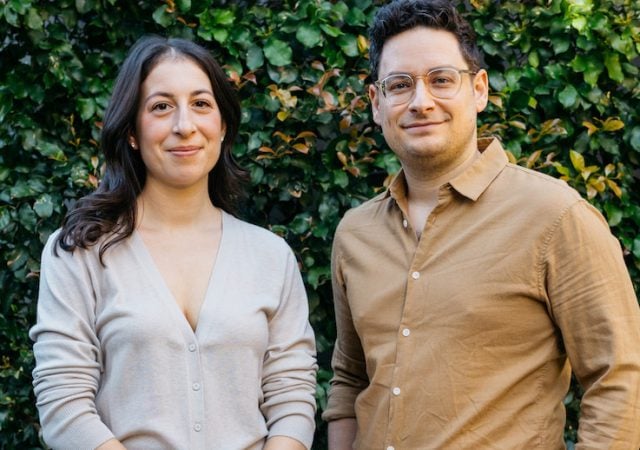The Australian economy would be $100 billion bigger and boosted by 42,000 new jobs if investment in research and development (R&D) was increased to 3% of GDP, according to Science & Technology Australia, the peak body for science and tech.
STA president Professor Sharath Srira spoke at the National Press Club in Canberra this week, prosecuting the case for a 3% target to build a nation of innovation and subsequence economic prosperity.
If we fail to ramp up R&D, Australia’s standard of living will continue to decline.
Recent analysis found that Australian household incomes fell by 6.1%, adjusted for inflation, in the 12 months to September 2023 – the biggest fall in any OECD economy – with real gross household disposable income per capita back at 2020 levels.
“What’s really holding us back? The shortest answer is a lack of strategy and bold investment. What all these stories highlight is the need for deep long-term and sustained funding strategy with boldness so that Australia can nurture and benefit from the next wave of breakthroughs,” Prof Srira.
“Low investment in R&D is holding our country back it’s leading to our best ideas going overseas to our international competitors and when we give up our ideas – our intellectual property – it’s never coming back. We just going to pay more for the same products pay more for the same Services. We need to realise that our IP is like gold dust and like these small shiny particles, they will slip through our hands if we don’t grab on tightly.
“Ideas are precious. They are the source of future jobs and growth. They really are our national inheritance.”
Australia’s spending on R&D as a percentage of GDP has been on the decline for more than a decade to below 2%. By contrast, the US spends more than double Australia’s investment, and South Korea almost triple.
“If we were investing that 3%of GDP in R&D right now, the economy would be $100 billion and 42,000 jobs better off. And this is a conservative estimate,” Prof Sriram said.
“To maintain our standard of living, Australia must increase R&D expenditure to 3% of GDP as fast as we can.”
Prof Sriram is a commercialisation expert at RMIT and his work connecting industry and researchers has created more than $9 million in commercial partnerships for the university.
The results have included smart bedding products for aged-care support, a wearable device for continuous molecular monitoring, and miniature biosensors for monitoring respiratory illnesses.
“I’ve personally ridden the bumpy journey to turn these ideas into products and solutions,” he said.
“There are many of you running startup businesses with enormous potential. They to have high hopes, facing high hurdles, so I know what they’re going through.
“The products services and jobs they can create should never be at the risk of falling over or being lost overseas, but the necessary investment in systems to keep them progressing at a rapid rate and keep them in Australia just isn’t there.”
He argues the way forward is a connected innovation ecosystem that takes great Australian ideas, turns them into products and services, and draws maximum value for society.
“The three parts of our innovation ecosystem need to work in cohesion – universities and research institutes generating ideas, businesses transforming and adopting them, with government championing the efforts with strategic incentives and driving efficiencies,” he said.
“Creating this ecosystem is crucial. Failing to build it will have big consequences. If we fail to diversify, if we don’t become an innovation-driven economy, then we will be a nation of consumers rather than creators. We will end up paying an ever-increasing rent to the rest of the world.”
“Unless we become a smarter country, we’re doomed to become a poorer one.”
You can watch his full NPC address below:




















Trending
Daily startup news and insights, delivered to your inbox.